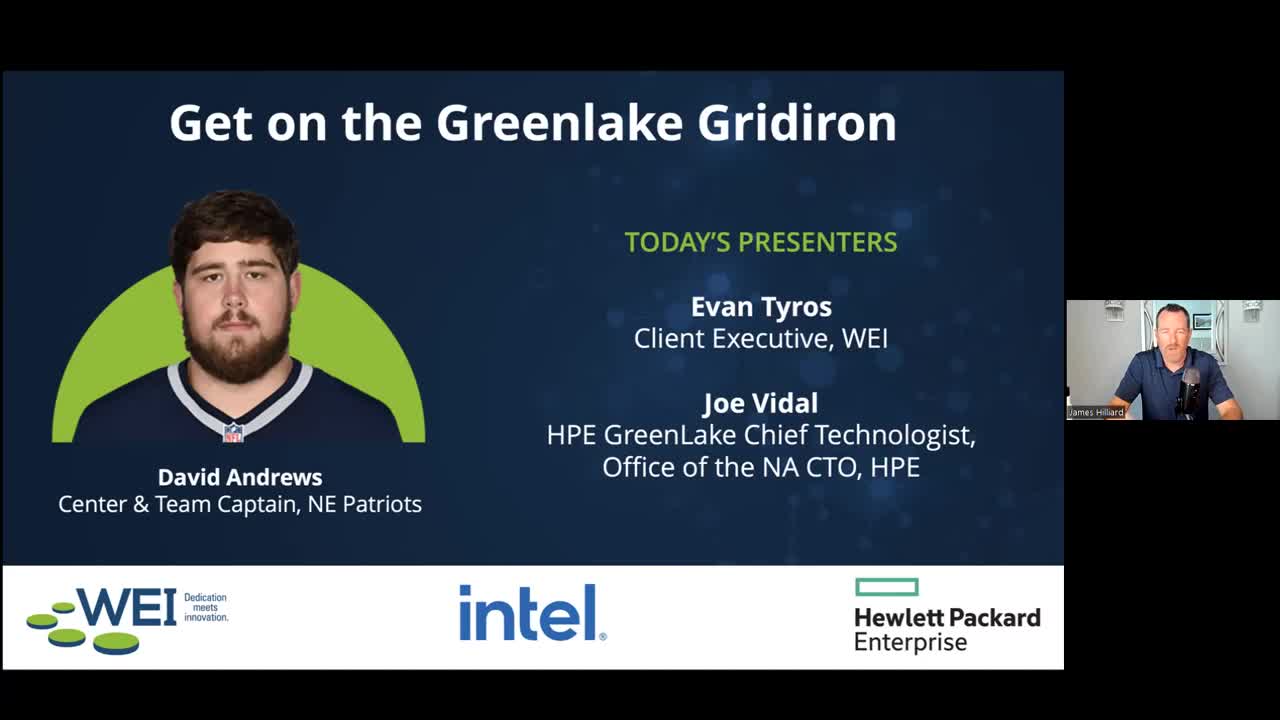 Every day, IT leaders read articles about why their organization needs to be in the cloud. In this article, we want to lay out how the journey to the cloud has unfolded and identify how HPE continues to play a key role in defining what the cloud is becoming. While many enterprises have embarked on a cloud journey, the destination may still be on-prem.
Every day, IT leaders read articles about why their organization needs to be in the cloud. In this article, we want to lay out how the journey to the cloud has unfolded and identify how HPE continues to play a key role in defining what the cloud is becoming. While many enterprises have embarked on a cloud journey, the destination may still be on-prem.
What The Cloud Actually Is
Many enterprises advocate for a cloud-first strategy, leading to the misconception that this involves migrating everything to a nebulous, digital realm located somewhere above us. While that is one way to implement the cloud, it is an incorrect concept of what the cloud actually is.
The cloud, fundamentally, is a delivery model. It is designed and developed to access computing, storage, and networking resources in a way that ensures readiness even before there's a demand for it. This ensures immediate availability whenever required. The cloud also aligns cost with actual usage. Instead of making heavy upfront investments in infrastructure and paying for potential future capacity that is not immediately needed, IT budgets are charged based on actual usage. This transforms IT costs into a utility-like payment model, akin to how you're billed for water or electricity.
The core value propositions of the cloud are its delivery model and corresponding cost structure. There is just one caveat – the cloud doesn’t have be tied to a distant location that miles away from the headquarters it supports.

HPE Helped Define the Cloud
Since the cloud was first introduced, HPE has helped define it. In 2001, HP introduced their Instant Capacity (iCAP) offering, which was grounded in the principle of on-demand provisioning. Looking back on it, this was a revolutionary move. The program was reminiscent of today's cloud concept, empowering businesses to scale their resources to meet growing demands in real time without the need to constantly buy or over provision new hardware. It sounds elementary, but HPE provided select customers with additional on-site servers in a standby mode. When a customer activated these resources, HPE would be alerted, at which point the customer was billed for that server. Subsequently, HPE would supply a replacement server to stand by for future needs. Instant Capacity would later include additional storage, memory or storage resources that could be activated when needed. This is an early and successful example of the cloud consumption model.
From there, HPE introduced self-service cloud management as companies began embracing the public cloud. Through a unified web portal, HPE customers could seamlessly oversee their entire infrastructure, facilitating the management of both on-site and cloud-based services. While the allure of the public cloud resonated with many, it wasn't a one-size-fits-all solution. Certain businesses faced regulatory constraints dictating data localization that made the public cloud less viable. Others, particularly those generating significant data at the edge, found data egress fees burdensome and economically untenable. Additionally, for some, the sheer geographical distance to the cloud services meant data transfer speeds were inadequate for their operational needs.
The question then became, how do you get the benefits of the cloud without having to go the full distance of the cloud?
HPE GreenLake filled this void by building on the principles of Instant Capacity. The objective: provide a cloud experience while keeping the infrastructure on prem or co-located. This gave HPE customers the best of both worlds. Now, enterprises can have the flexibility, scalability, and consumption-based pricing models associated with the cloud while retaining control, reducing latency, and addressing data residency concerns. In other words, you dictate where the cloud resides.
A Predictable Buffer
What HPE gave its customers in the early days was a buffer, and HPE GreenLake continues that legacy today by providing a 10 - 20% buffer to ensure that customers stay ahead of the curve. IT demands always fluctuate and are never linear in nature. As a result, a 3-5 year purchasing cycle struggles to adapt to the unpredictable ebbs and flows of demand. By delivering hardware, software and expertise as-a-Service, your business can remain in that sweet spot that works best for it. Not only can you save your capital for better uses than buying equipment outright, but your internal IT staff can focus on driving your business through continued innovation rather than perpetual planning, onboarding, and maintenance. And HPE’s commitment to innovation continues as it continues to evolve to incorporate artificial intelligence and machine learning operations.
WEI As A Valued Partner
WEI has been evolving along with HPE throughout this journey. As a value-added service provider, our team is equipped to manage a wide range of tasks for you, including system patching and firmware upgrades. Should you require expert assistance in design and capacity planning, our teams have extensive experience collaborating with businesses across various industries and verticals.
Reach out to us today to discover how you can leverage the benefits of the cloud without ever leaving the building.










